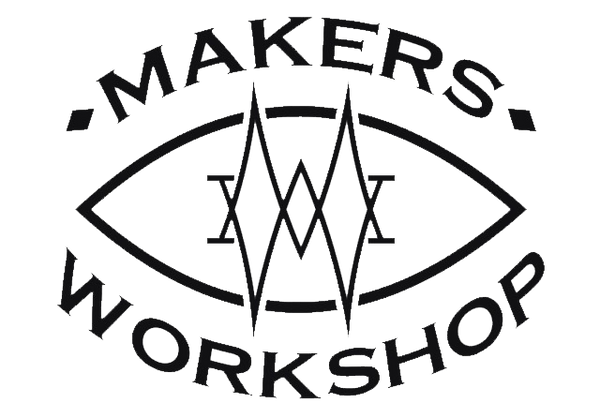When it comes to laser cutting, the materials you use can make all the difference. Whether you are a hobbyist or a professional, using the right materials in your laser cutter is crucial for achieving optimal results. In this blog post, we will explore the importance of using the right materials and how it can enhance your laser cutting projects.
Why is it important to use the right materials?
Using the right materials in your laser cutter is essential for several reasons:
1. Quality: The quality of the material you use directly impacts the quality of the final product. Using high-quality materials ensures clean and precise cuts, resulting in professional-looking outcomes.
2. Safety: Certain materials, such as PVC or vinyl, can release toxic fumes when laser cut. By using the right materials, you can minimize the risk of harmful emissions and protect yourself and others from potential health hazards.
3. Efficiency: Different materials have different cutting properties. Using the right materials allows you to optimize the cutting speed and power settings, resulting in faster and more efficient production.
What are the best materials for laser cutting?
While the best materials for laser cutting depend on the specific project and desired outcome, some commonly used materials include:
1. Acrylic: Acrylic is a popular choice for laser cutting due to its versatility and availability in various colors and thicknesses. It produces clean and polished edges, making it ideal for signage, jewelry, and decorative items.
2. Wood: Different types of wood, such as plywood, MDF, and balsa, can be laser cut to create intricate designs and precise cuts. Wood is commonly used for architectural models, furniture, and crafts.
3. Leather: Laser cutting leather allows for precise and intricate designs, making it a preferred material for fashion accessories, footwear, and upholstery.
4. Cardboard: Cardboard is a cost-effective material that is easy to laser cut. It is commonly used for packaging prototypes, architectural models, and crafts.
What materials should be avoided?
While laser cutting offers a wide range of possibilities, there are some materials that should be avoided due to safety concerns or potential damage to the laser cutter:
1. PVC: Polyvinyl chloride (PVC) should never be laser cut as it releases chlorine gas, which is highly toxic.
2. Vinyl: Similar to PVC, vinyl can release harmful chlorine gas when laser cut. It is best to avoid using vinyl materials in your laser cutter.
3. Reflective materials: Materials such as mirrors, metals, and certain plastics can reflect the laser beam, causing damage to the laser cutter and posing a safety risk.
Conclusion
Using the right materials in your laser cutter is essential for achieving high-quality, safe, and efficient results. By selecting the appropriate materials for your projects, you can ensure clean and precise cuts, minimize health hazards, and optimize the performance of your laser cutter. Remember to always prioritize safety and consult the manufacturer's guidelines for recommended materials.

